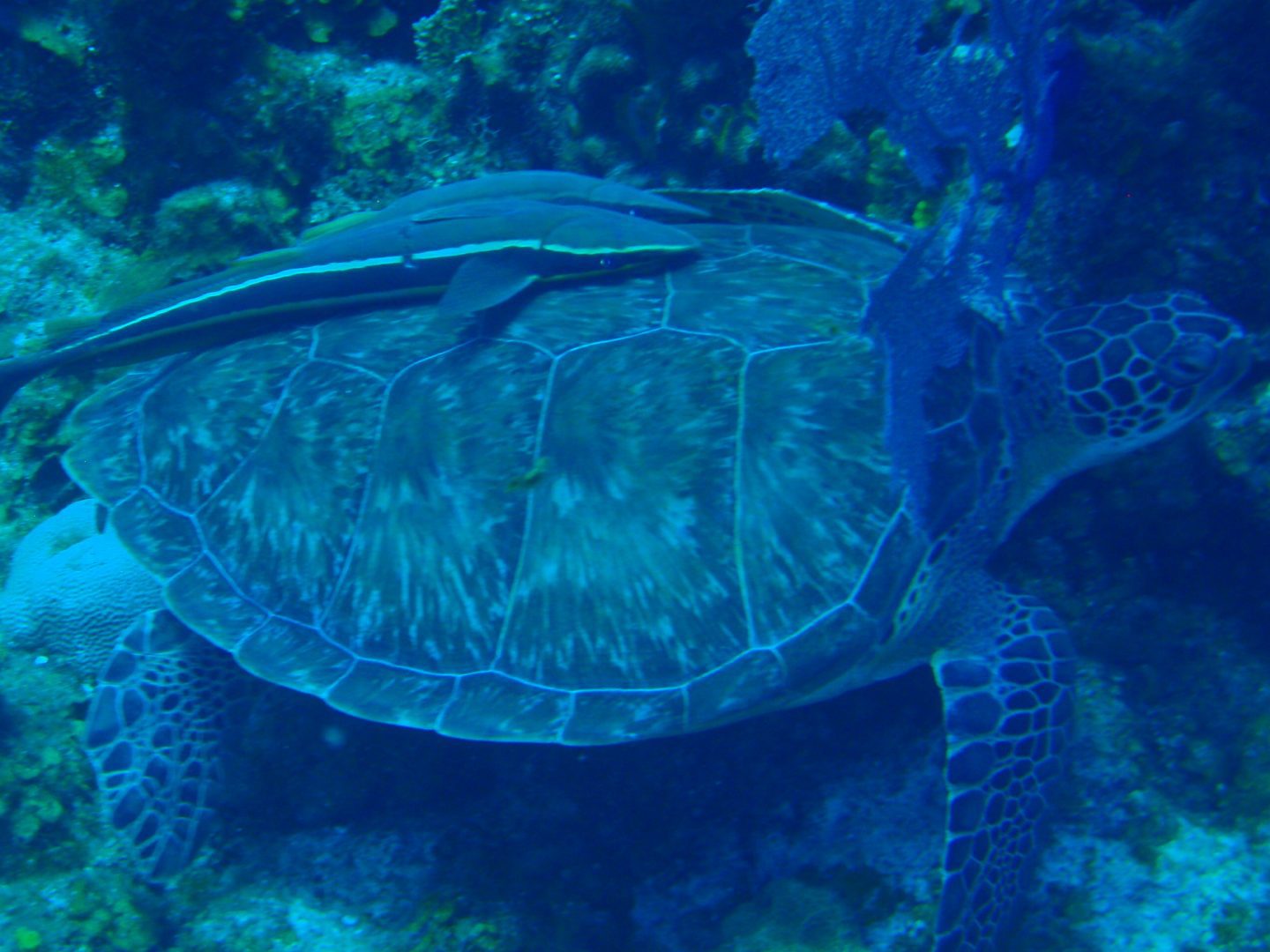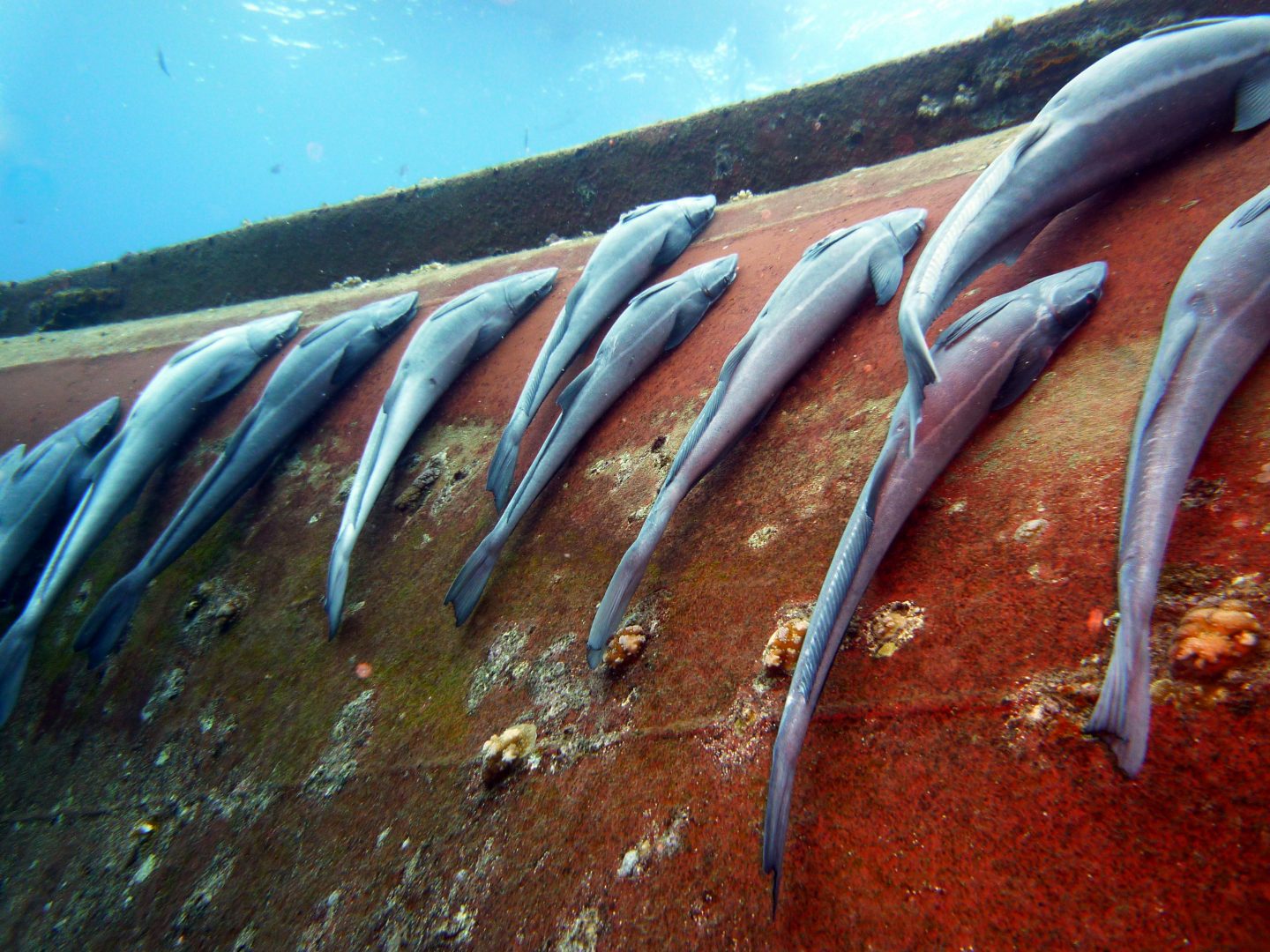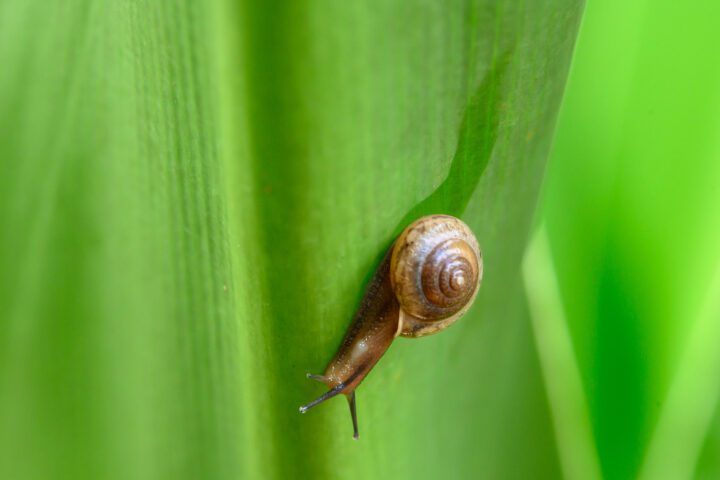Unique structures give fish the ability to adhere tenaciously to a variety of surfaces under water.
Introduction
As the enormous bulk of a great white shark speeds through the ocean, a single wave of its tail propels it many, many times the body lengths of the small fish clinging to its belly. These passengers, called remoras, move at relative warp-speed, expending very little energy of their own as they are carried from feast to feast.
Remoras feed on scraps of food shredded by their actively hunting hosts, and on harmful parasites on their hosts’ skins. That service is part of what makes the arrangement helpful to the larger animals. Catching a ride, remoras also increase their chances of reproduction, since a good host is a great place to find a mate.
All this activity requires being able to hang on tightly and efficiently, but also to detach at will for eating, mating, and other activities. So how do they do it?
The Strategy
A remora’s stick-to-itiveness stems from a unique suction disc structure on the top of its flat head. The disc’s outer edge is ringed with an oval of soft, fleshy tissue. This lip makes contact with the surface of a host, whether it is a rough-skinned shark or a smooth dolphin. The lip conforms closely to the surface and begins to create a leakproof seal. Water is pumped out of the interior cavity to create a pressure difference inside and outside the seal. Higher water pressure outside just pushes harder against the seal. That’s the basic suction that holds the remora in place.
But a closer look at the fleshy tissue reveals an additional reinforcing feature. Just under the tissue’s surface is a layer that is densely filled with long, thin, vertically aligned fibers of collagen, a that is both strong and elastic. The fibers compress easily but resist stretching and breaking. Those properties help the lip maximize contact with surfaces to protect the seal. They also keep the lip from easily creeping or slipping when a remora’s host speeds up or changes direction suddenly.
The interior of the disc is lined with 10 to 30 thin, flat layers of tissue, aligned in two columns of parallel rows, like oars on a Roman galley or the ridges on the roof of your mouth. These are called lamellae, and remoras can raise them up to make more contact with their hosts and enhance suction.
The lamellae are embedded with many rows of spiky mineral structures called spinules, each a few millimeters tall. Remoras position their lamellae so that the spinules grip into the tiny crevices on the surface of the host. That generates friction that deters slippage. Spinules have a variety of tip ends, increasing the likelihood that at least some spinules are suitably shaped to gain traction on the particular surface available at that time.
Releasing the lamellae then allows remoras to detach whenever and wherever they desire.
The Potential
Fishermen throughout the tropics have made use of this suction capability. They catch and tether remoras, then place them into the water near larger prey. When the remoras attach, the fishermen reel them both in together.
Beyond this direct use, the structure of remoras’ suction disc offers blueprints for an engineering holy grail: finding a way to get things to adhere quickly, reliably, and reversibly, especially in watery environments. Ongoing research on remora discs could lead to new technologies and nontoxic, waterproof, easily removable adhesives that can be used on construction, clothing, outdoor gear, and beverage packaging, for example.
Scientists have already designed remora-inspired underwater robotic devices that allow them to hitchhike effectively, reducing their energy demands and prolonging their ability to stay under water. Similar devices could result in no-harm tags to observe marine animals and lead to breakthroughs in knowledge about the ocean.
Video
Scientists have designed remora-inspired underwater robotic devices that allow them to hitchhike effectively, reducing their energy demands and prolonging their ability to stay under water.











